
views
Lubricating with Oil
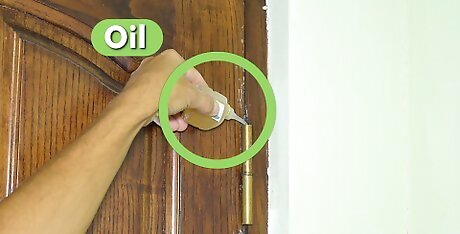
Try to lubricate the hinge pin without removing it. Before you try to remove the hinge pin from a door, try lubricating it first. You may be able to spray enough oil into the hinge pin without needing to actually remove the door. Use some silicon-based blaster spray to coat the hinge as best you can and see if this fixes your squeaky door before trying other methods.
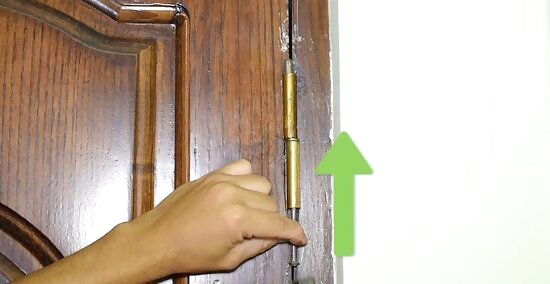
Remove the hinge pin using a hammer and nail punch. Close your door and tap the hinge pin with a hammer and nail punch. Place the nail on the bottom of the door hinge and tap the nail's tip with your hammer. Keep in mind that the nail will be useless after you do this. When you've loosened the pin, pull it up and out using the back end of your hammer or an old flat head screwdriver. When the hinge pins are removed, your door will not be attached to the doorway. Prop it up against the wall to prevent it from falling.
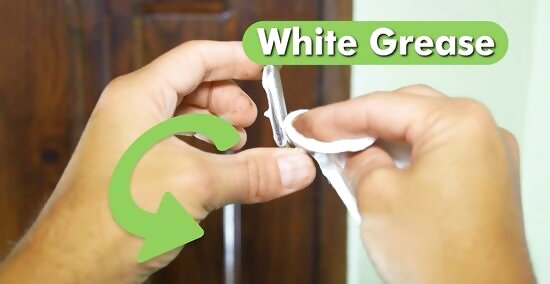
Coat your hinge pins in white grease. White grease will help to coat the hinge and prevent rusting. This oil will also last longer on your hinges without drying out. Press a rag or paper towel over the oil's bottle opening and wipe down the hinge pins thoroughly. Motor oil also removes light (or surface) rust. A silicon-based blaster product can work as an alternative, as can cooking oil.
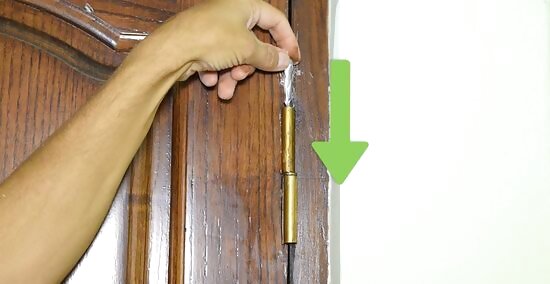
Put the pins back into the hinge. Replace the pins by wiggling the pins back in until stable enough to use your hammer and nail again. Open and close the doors several times to make sure that the squeaking is gone and that your door is secure. If the door is still squeaky, you may not have applied enough oil. Recoat your door hinge with oil (after re-removing the hinge pins) until the squeaking stops.
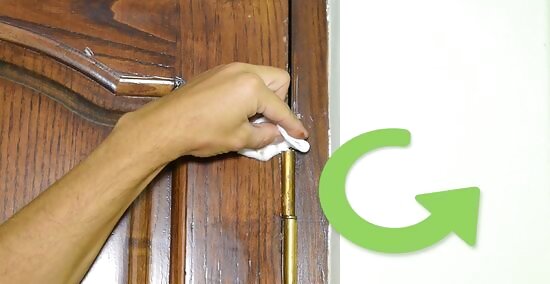
Wipe down any excess oil. Because oil is a fluid lubricant, some might drip on your door. As this can cause staining, use a clean rag to wipe away any leftover oil. Reapply the oil as needed whenever your hinges resume squeaking.
Applying Wax to Hinge Pins
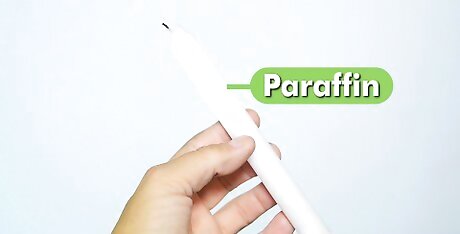
Purchase paraffin wax. Paraffin wax is commonly found in candles, though you can find it in a raw form at many craft stores. Raw wax is white, odorless, and is usually sold in small cubes or larger slabs. If you buy wax in a candle form, check the label to make sure you purchase paraffin wax. Beeswax can work as an alternative, though it is generally more rare. Old paraffin candles, even those with scents or colors, can be used to lubricate hinge pins.
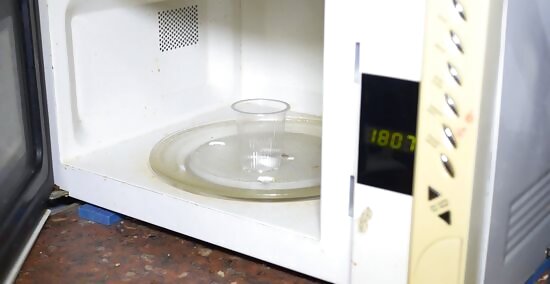
Melt your candle wax over a stove or microwave. If you have an electric stove, heat your paraffin wax over it until completely melted. Gas stoves are unsafe for melting wax because, if overheated, it can ignite flammable wax vapors. Use a microwave to heat your wax if you have a gas stove for 1:30-2:00 minute segments until the wax has melted evenly. Use a thermometer to measure your wax's temperature. Paraffin wax's melting point is generally around 284°F (140°C).
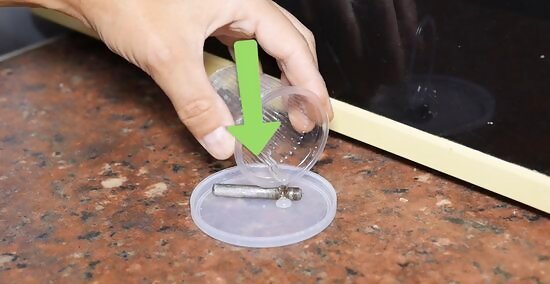
Dip the hinge pins in hot wax. Remove the hinge pins just as you would if lubricating with oil. Unlike oil solutions, hot wax can be applied to the hinge pins with little dust-accumulating residue. As you dip the hinge pins into the hot wax, aim for an even coat covering the entire pin.
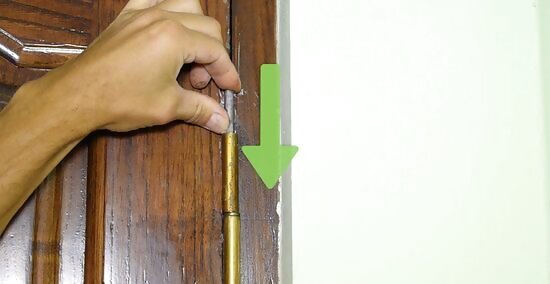
Put the pins back into the hinges. Wait until the wax has cooled to avoid it dripping off the pins. This should take 5-10 minutes. Test the door several times to make sure the squeaking has stopped.
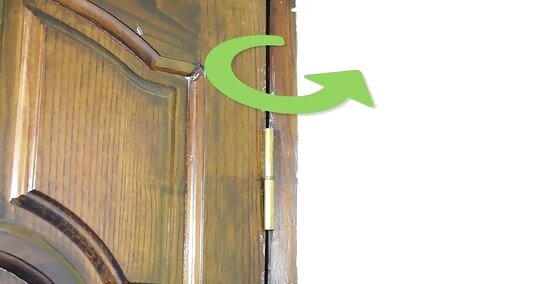
Recoat the hinge pins with wax until the squeaking stops. Sometimes a singular coat of paraffin wax will not be enough to stop the sound. Continue coating the hinge pins in wax until your squeaking problem is solved. Because the wax residue is thinner than oil, you do not need to wipe off excess wax after each coat.
Using Steel Wool to Remove Dirt or Rust
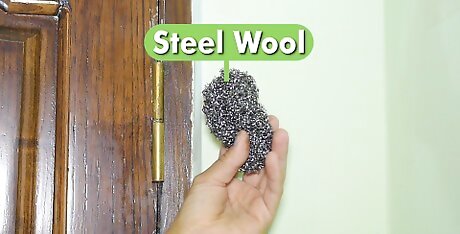
Use wool if your hinge pins are dirty. If oil or wax does not stop your door from squeaking, your hinges might be too dirty to function properly. Lubricants will not remove dirt, rust, or grease. Inspect your hinges carefully. If they are discolored or coated in gunk, try wool first.
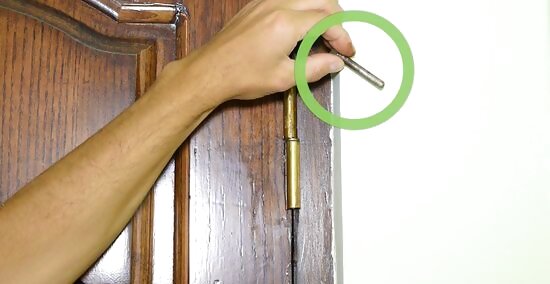
Remove the hinge pins. Once you've removed them and propped your door up, place your hinge pins over a sink. Find a steel wool pad and place it nearby to begin cleaning the hinge pins.
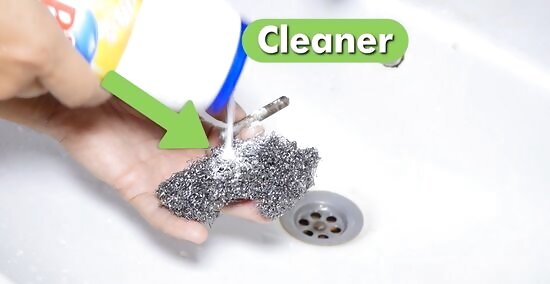
Scrub the hinge pins with the steel wool. Super fine steel wool work best to thoroughly clean the pins. Remove any and all dirt, rust, or residual paint. Rub the hinge pin in small circular motions to remove stubborn spots. Use a diluted household cleaner along with the steel wool to remove stubborn dirt or rust spots.
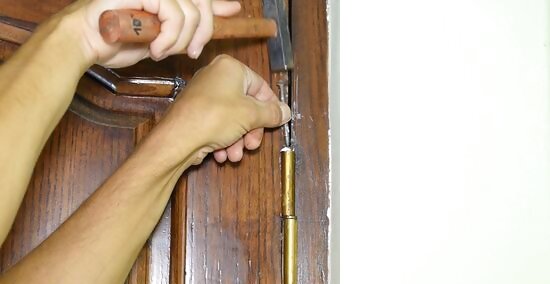
Coat the hinge pins with a lubricant. After your hinge pins are cleaned, use oil or melted wax to evenly cover the hinge pins. In a pinch, grease or dish soap can also work. Then, place the pins back into the hinge, then open the door a few times to test their sound. Wipe off excess grease, dish soap, or oil if you use any as a lubricant.



















Comments
0 comment